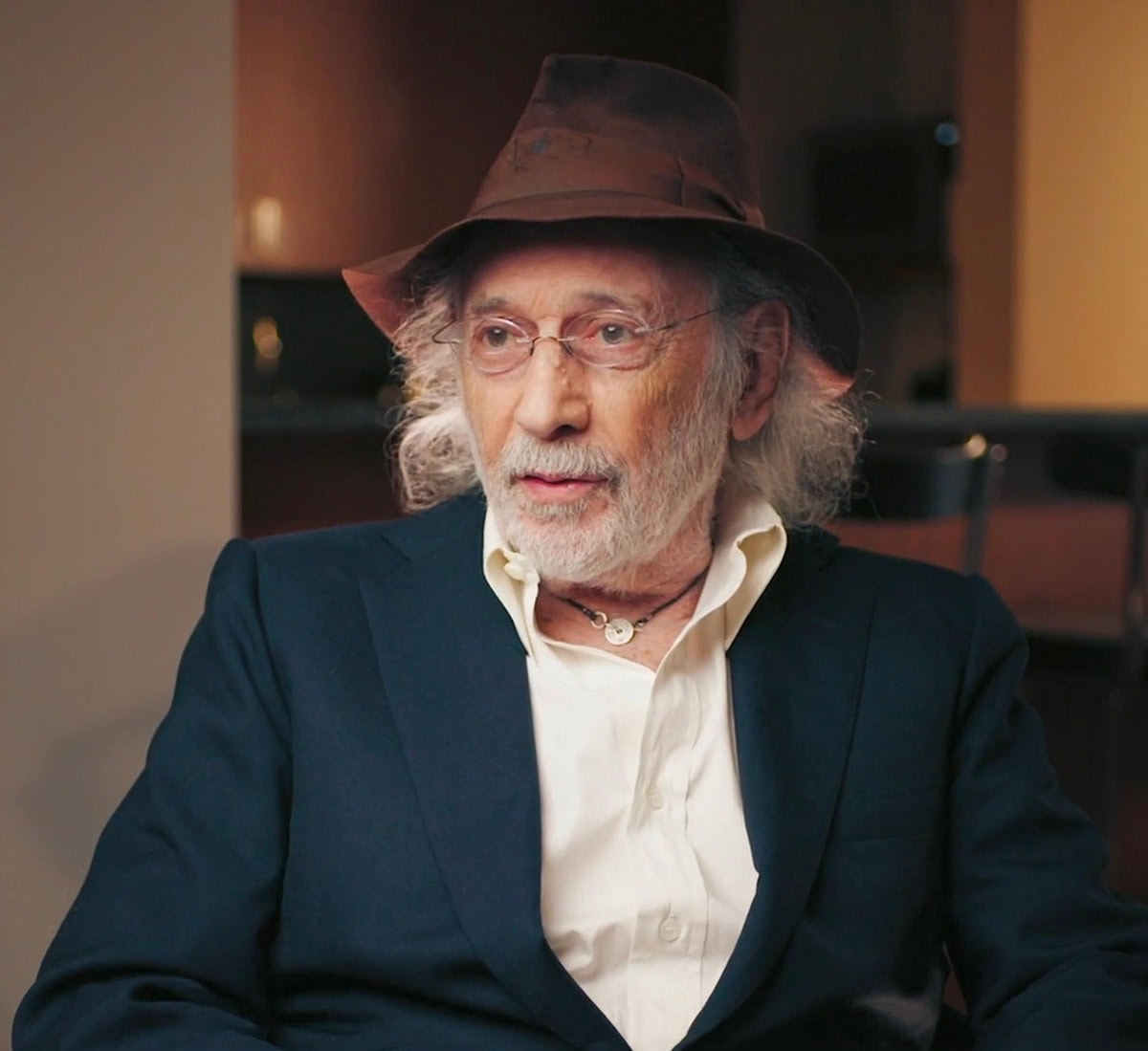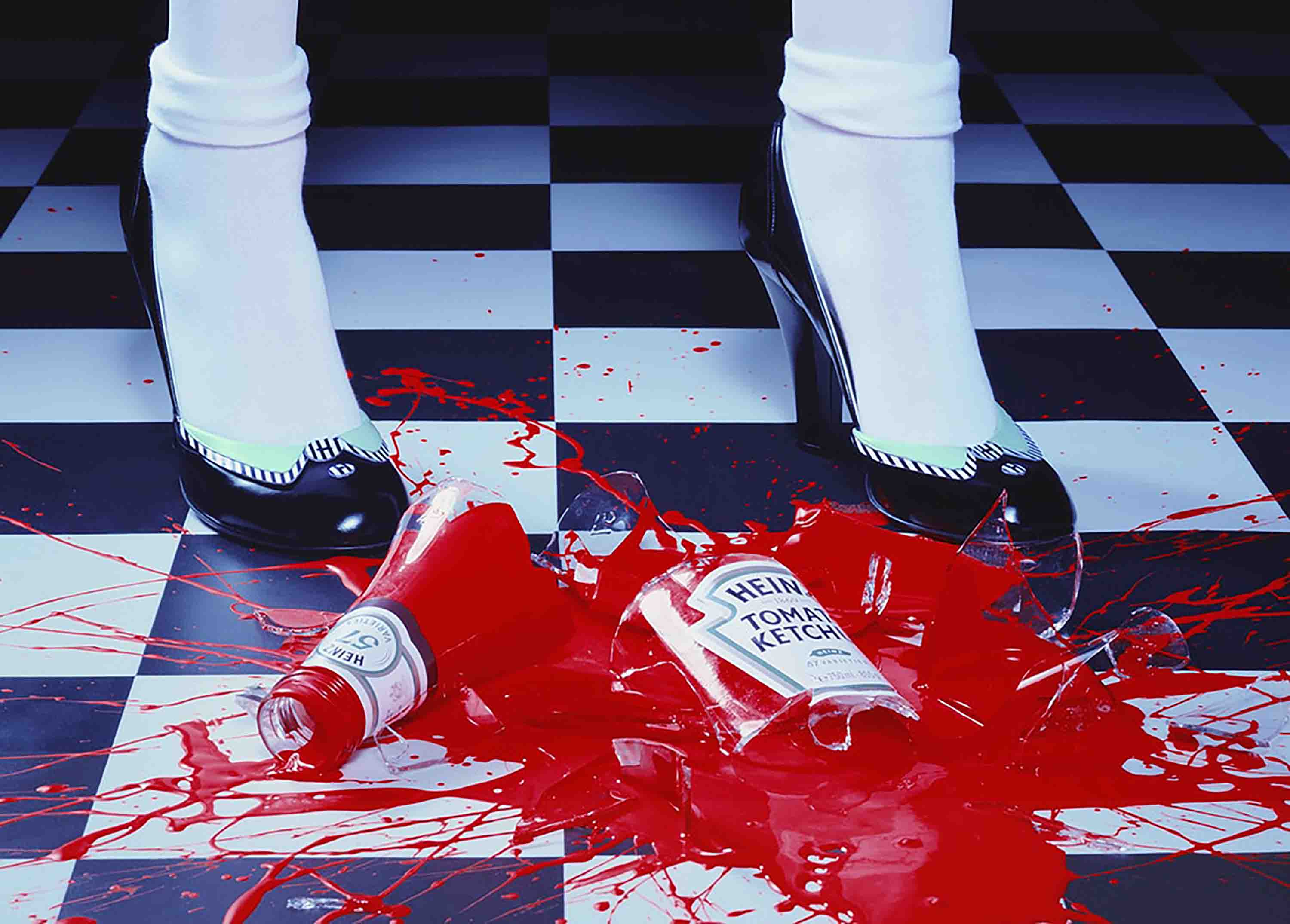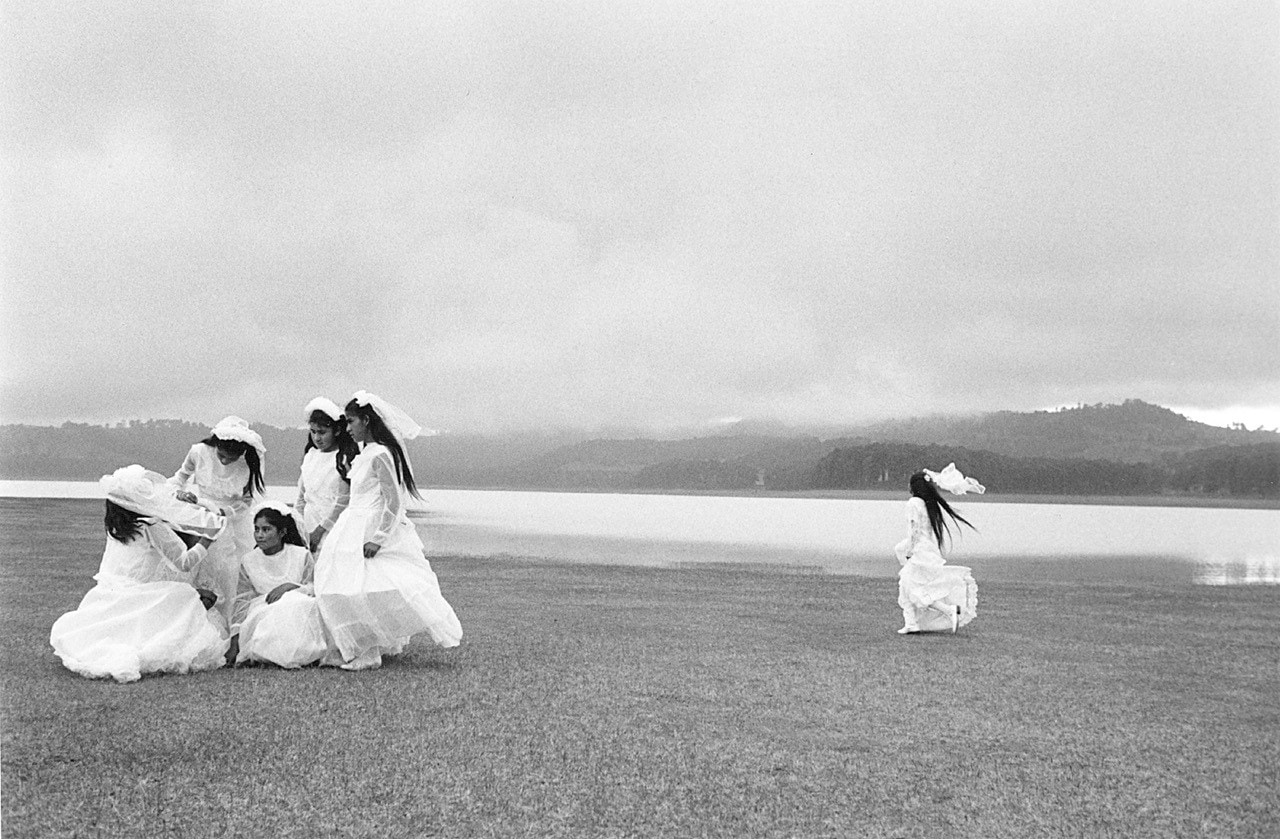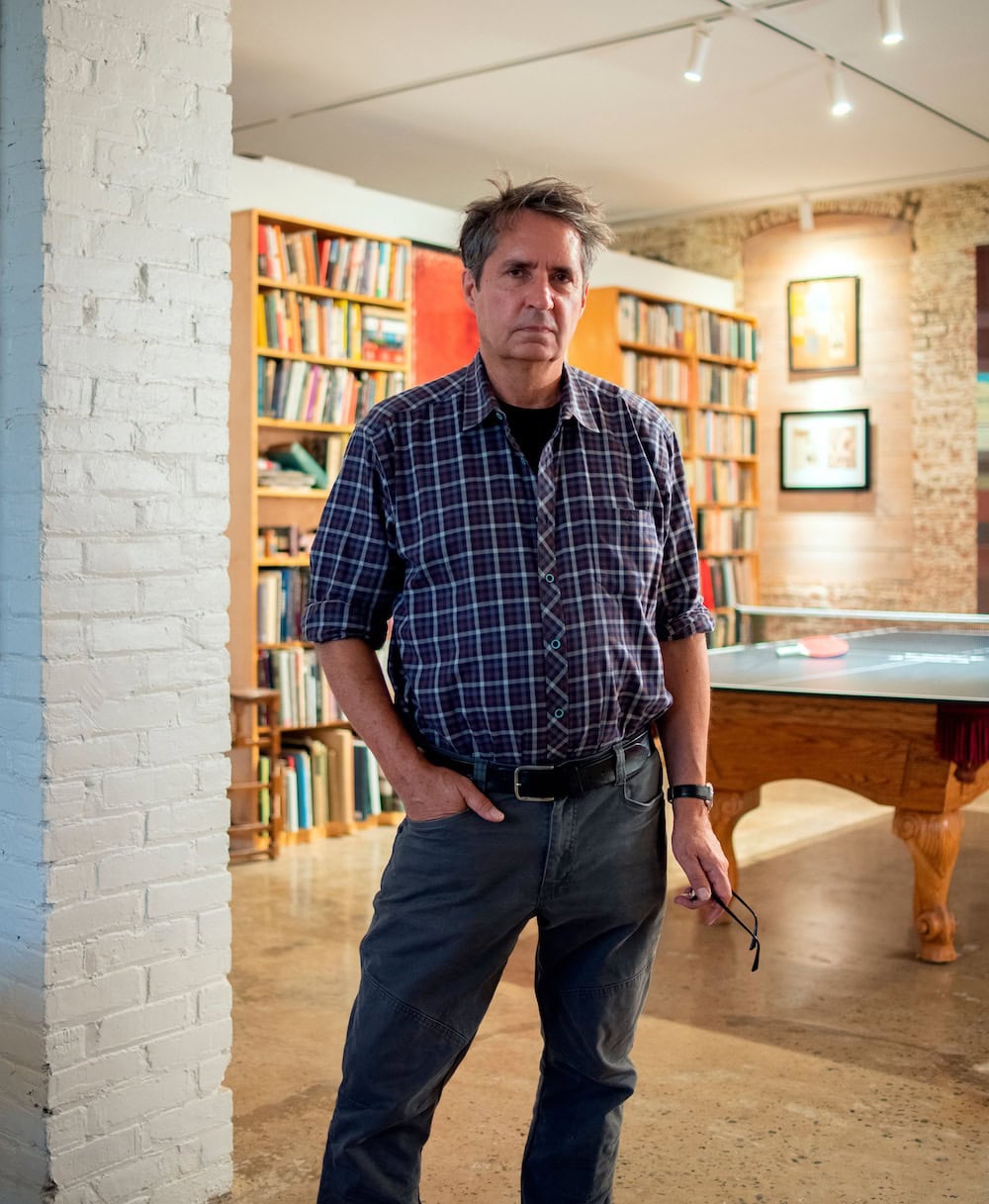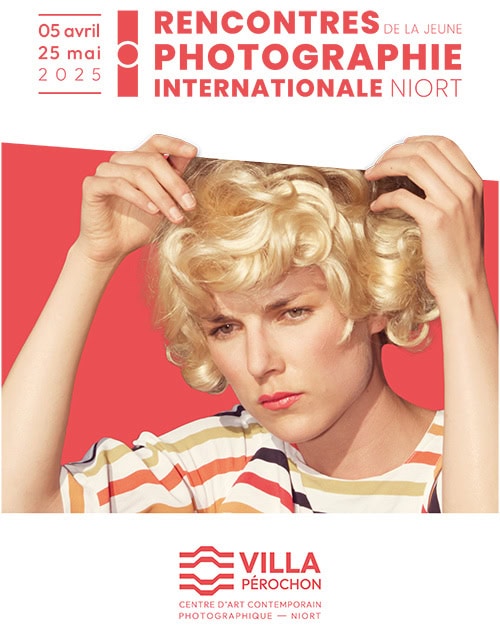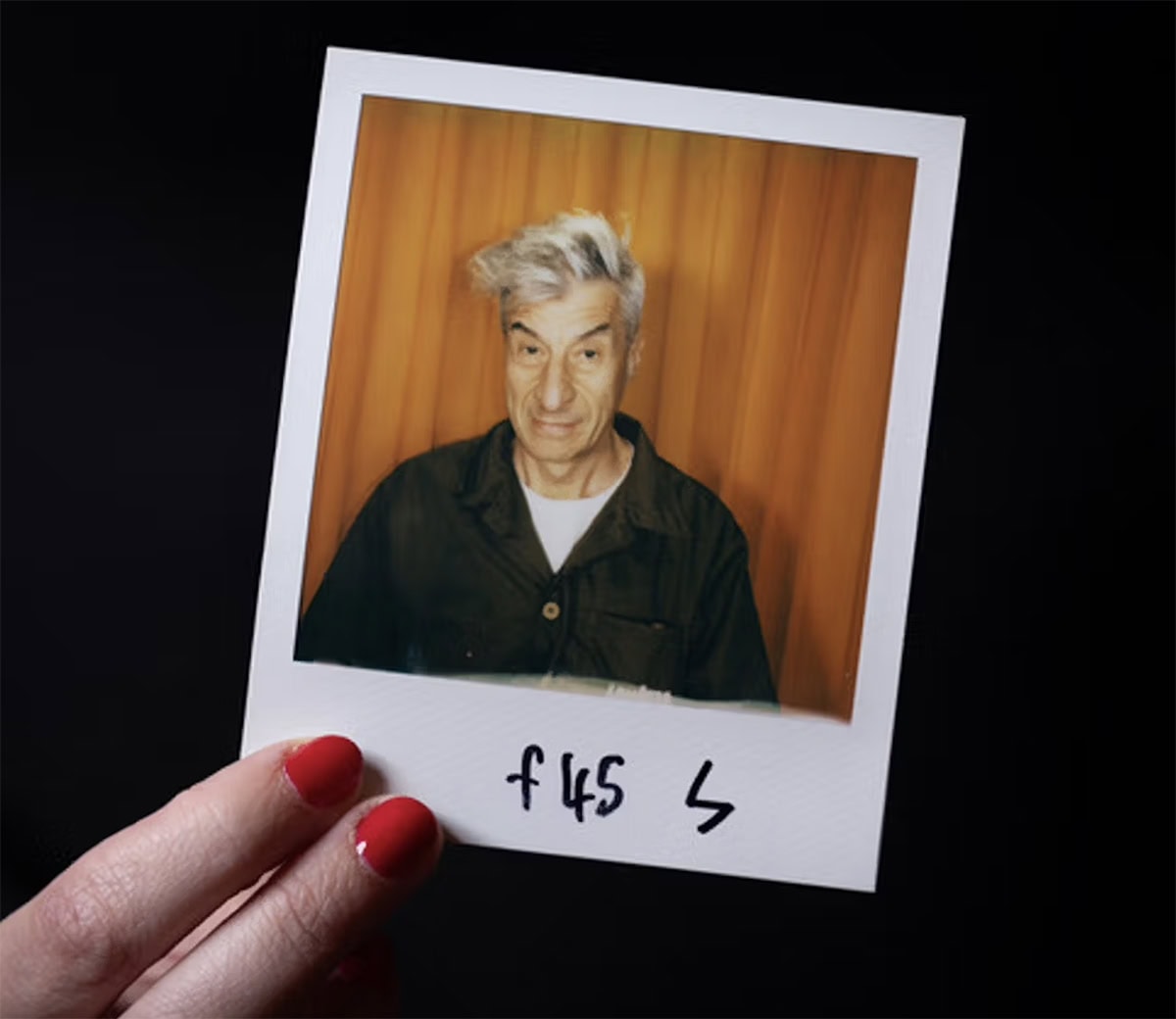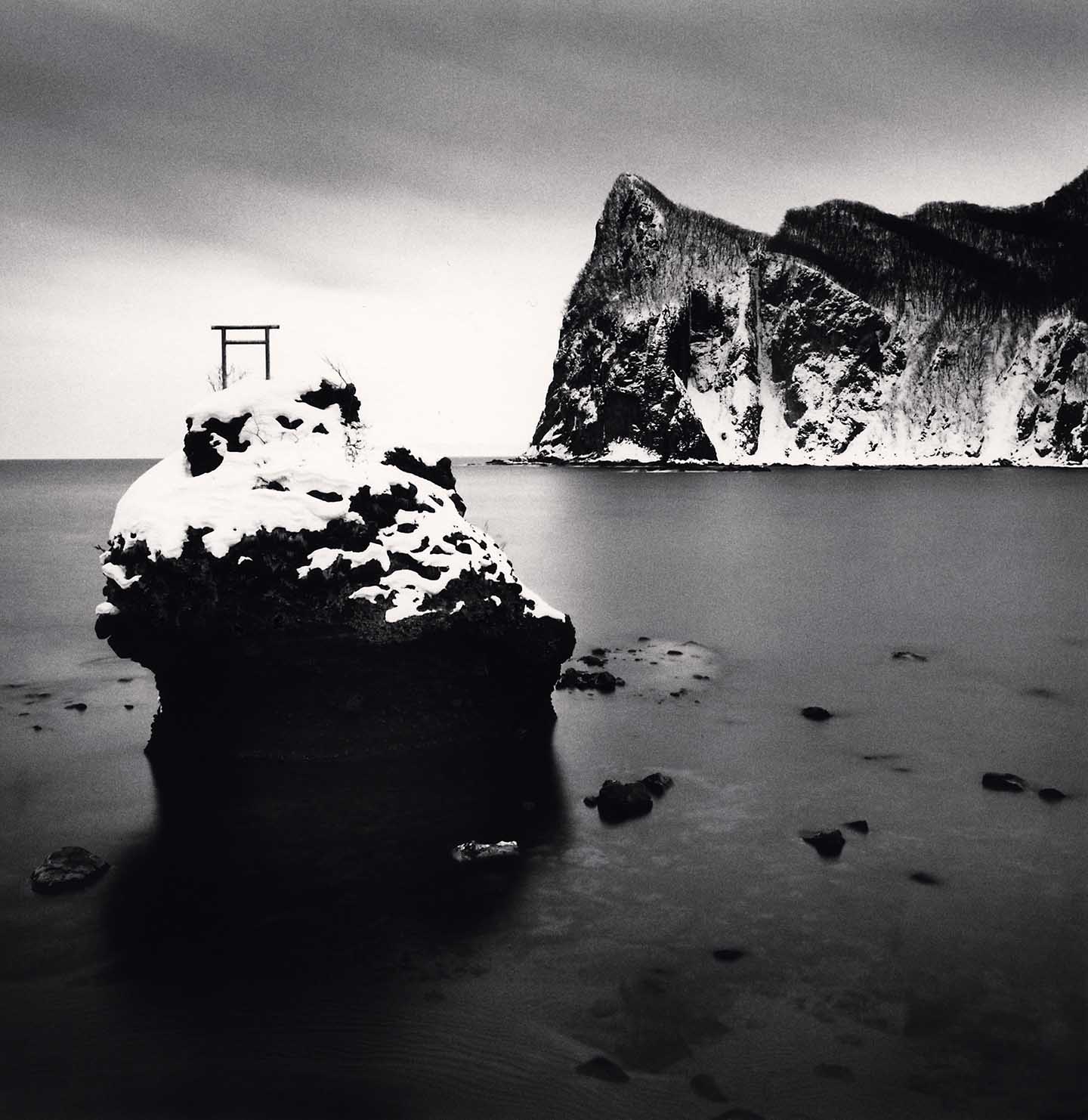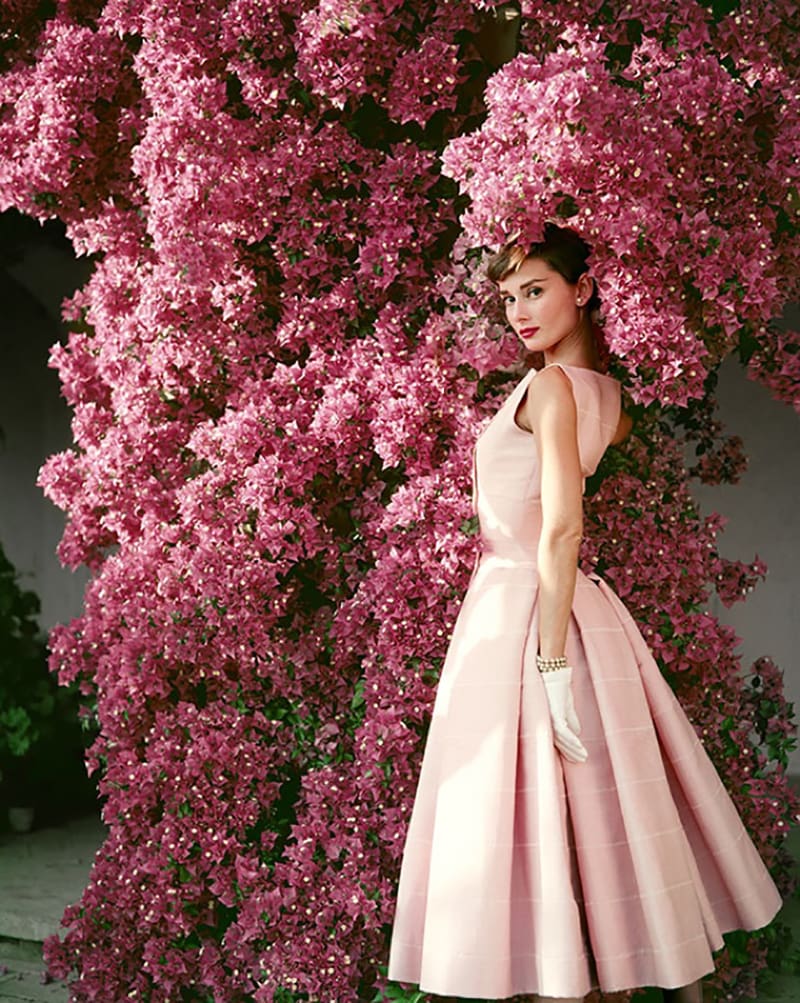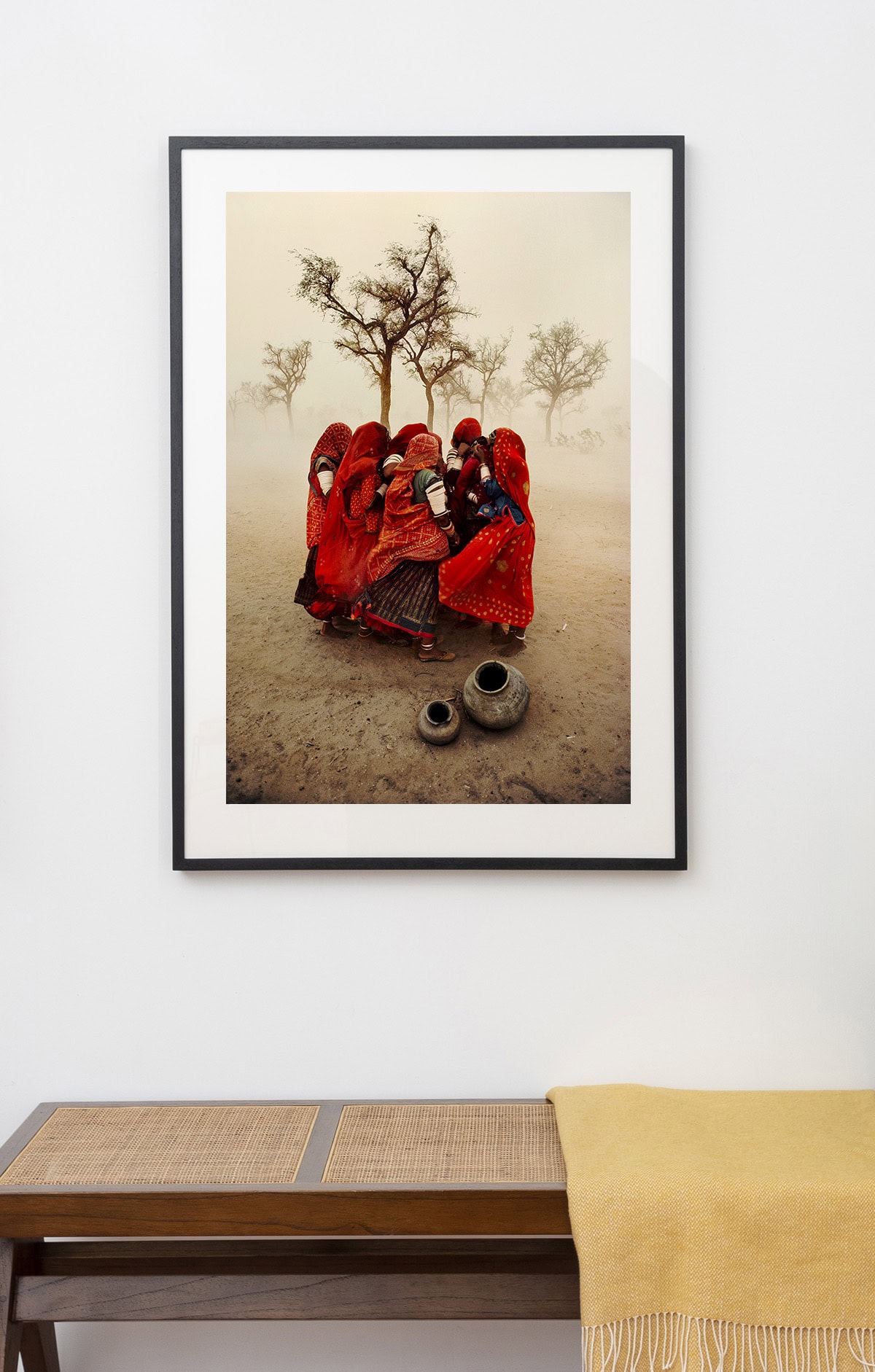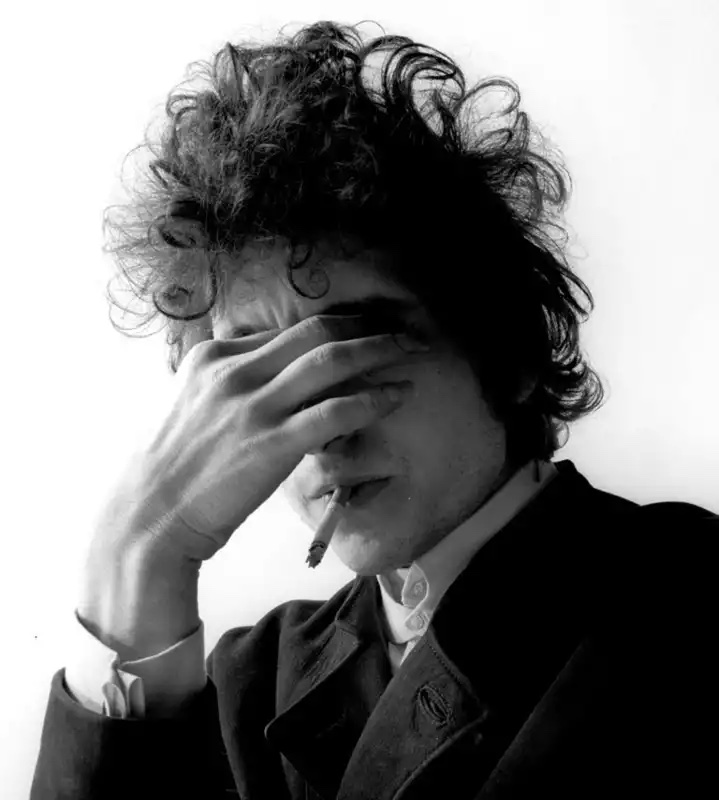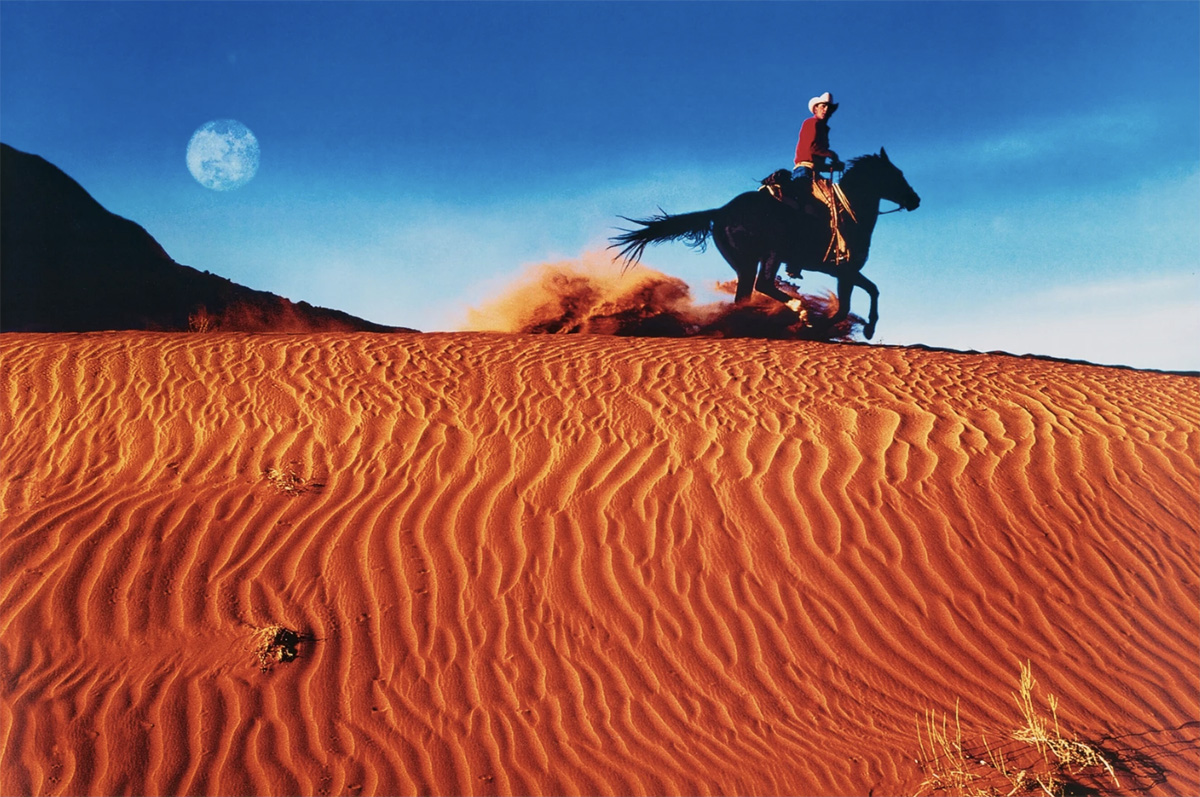Five of the World’s Top Photography Collectors (And What’s In Their Collections!)
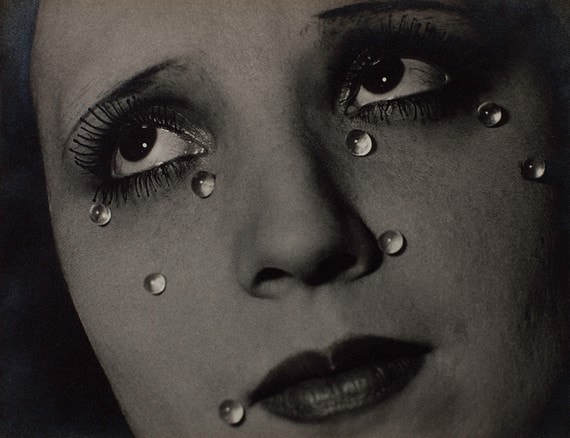
Many collectors have singular obsessions, whether that’s stamps, antiques or coins. The same goes for photography collectors, as they hunt down niche and specific images to add to their repertoire—eyes, trees, cars, birds, you name it. However, a number of private collectors have become influential ambassadors of the medium, whose significant collections continue to shape photography. Personalities like James Bond producer, Michael Wilson, and global pop-star, Elton John, own two of the largest private collections of photographs in the world. Some of these collectors have exhibited their holdings at major international museums, broke auction records, and have influenced how we think about photography today.
Some of the earliest photography collectors were museums and institutions, which began acquiring photographs in the mid-1800s. The first public exhibition of the medium was held at the South Kensington Museum (now the Victoria and Albert Museum) in London in 1858. However, it wasn’t until the 20th century that collecting photographs became more widespread among private individuals. This shift was heavily influenced by the rise of auction houses and photography galleries in the 1970s and 1980s. Today, many people collect photographs for a variety of reasons, such as investment, historical research and personal enjoyment.
While there are many prominent collectors who prefer to keep their acquisitions private, here are five of the world’s most notable names:
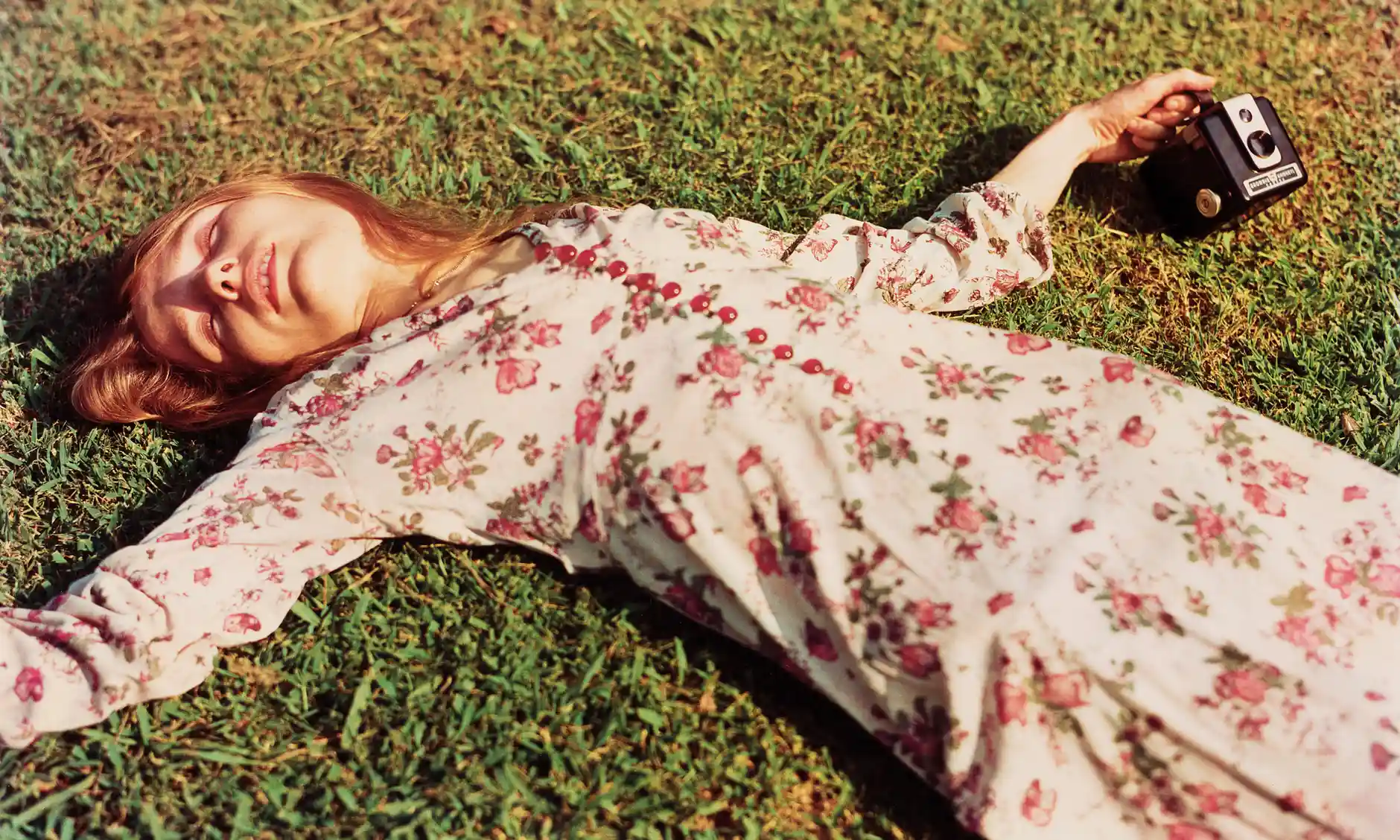
Michael Wilson is an American collector who has amassed one of the largest private collections of photographs in the world, including works by Diane Arbus, Robert Mapplethorpe, and Irving Penn. Also a film producer, Wilson has been the man behind every James Bond movie since ‘Moonraker’ in 1979. He began collecting photography in the late 1970s, his first acquisitions being 19th century books and albums that were photographically illustrated. This interest was followed by a focus on 19th century and fine art photography. Since then, his collecting interests have diversified to include photographs from the Pictorialist period, early American Modernist photography, 20th century British work and contemporary photography. His prints are loaned to museum’s all over the world, the National Portrait Gallery’s 2016 exhibition ‘William Eggleston Portraits’ is a prime example, as the works were largely sourced from Wilson’s collection. In 1998 he formed the Wilson Centre for Photography in London, an archive for the preservation of photographs and for study and research on the history and aesthetics of photography. Wilson serves on the board of trustees of various museums, and is passionate that photography should be more widely regarded as one of the most important art forms of our times.
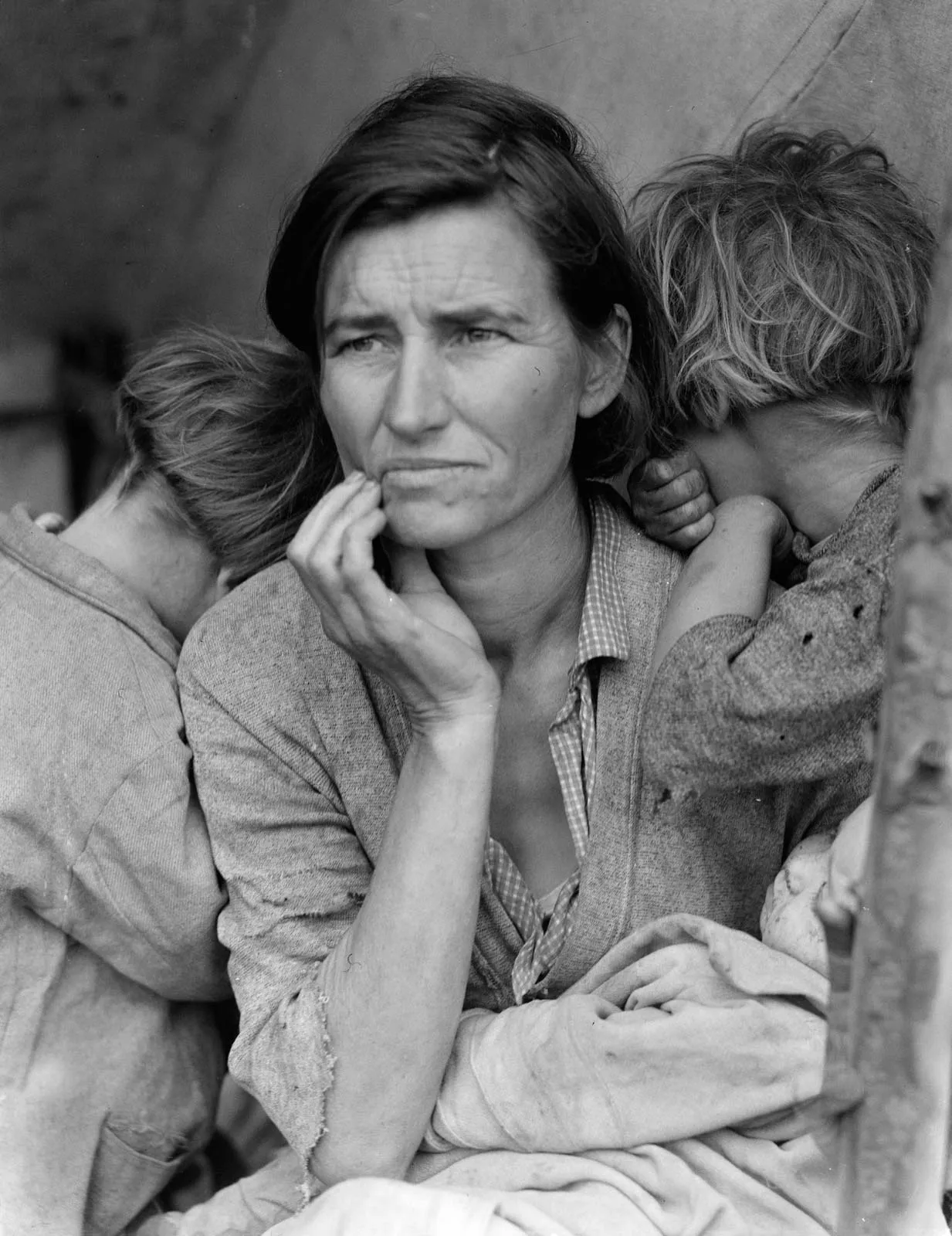
Elton John, the world-famous musician, is known for his enthusiasm for the medium. In 1989 he sold his extensive art collection at Sotheby’s, only holding on to his Francis Bacon and Patrick Procter paintings. When he became sober six months later, he admits to having substituted one addiction for another – photography. It soon became his greatest passion outside of music. From Bauhaus abstraction to 1930s social documentary, street photography, and surrealism, Sir Elton has put together an unparalleled collection. It is now one of the greatest private collections in the world, far exceeding that of the Tate’s where his collection was shown in the 2016 exhibition, “The Radical Eye”.
It’s a well-known fact that one of Elton John’s houses is covered floor to ceiling with photographs. He once said, “Each of these photographs serves as inspiration for me in my life; they line the walls of my homes and I consider them precious gems.” In an interview, he has described sleeping in bed with Man Ray’s ‘Noire et Blanche’ lying on the ceiling above him. In 1993, he broke an auction record when buying a vintage print of Man Ray’s ‘Glass Tears’ for £112,000. With Man Ray’s ‘Le Violon d’Ingres’ selling for $12.4 million at auction last May (2022), who knows what his ‘Glass Tears’ print would be worth today.
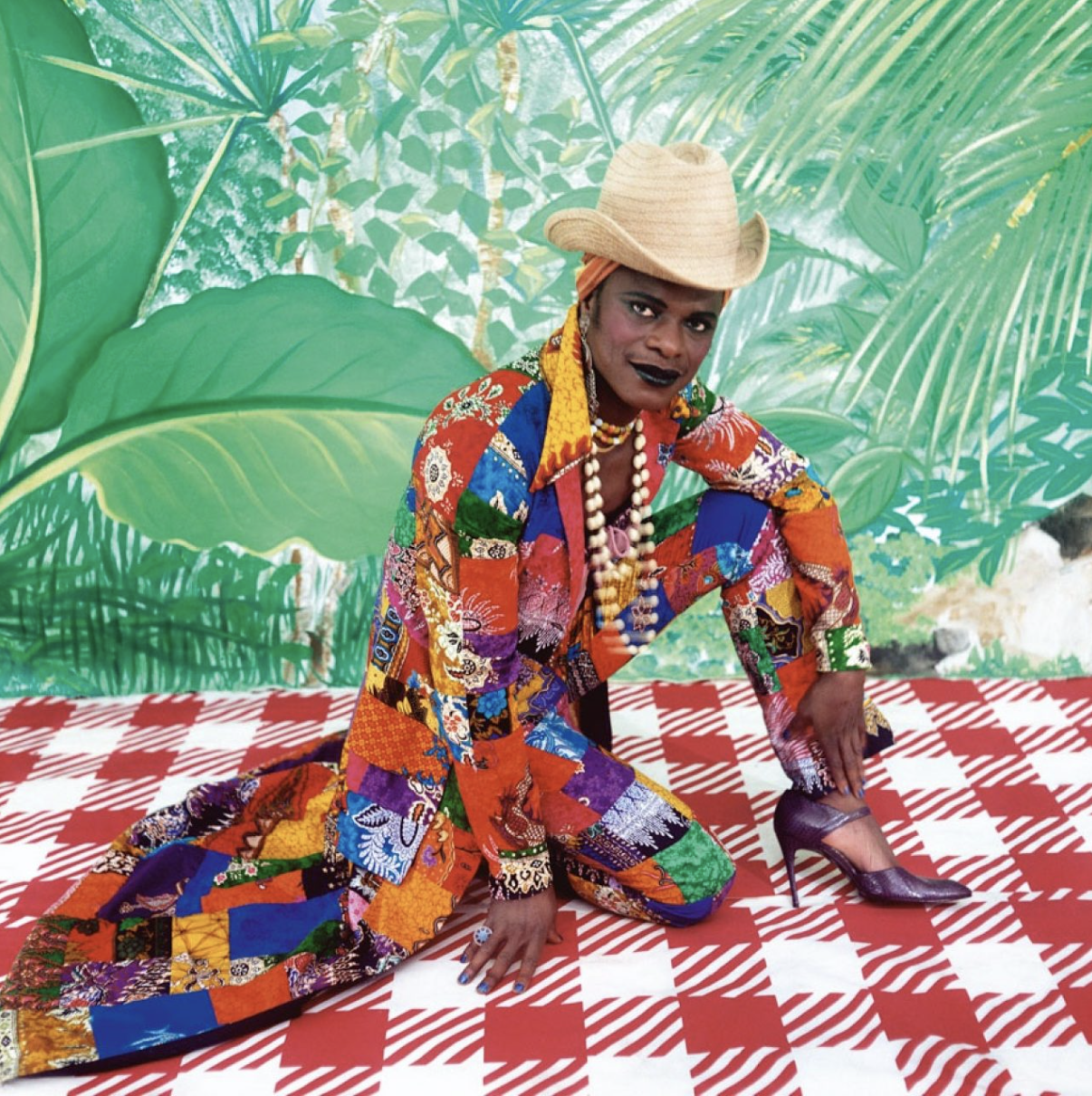
Artur Walther is a German-American art collector, focused on exhibiting and publishing contemporary photography and video art. A graduate of Harvard Business School, Walther was a General Partner at Goldman Sachs until his retirement in 1994. He began collecting photography in the late 1990s and later established The Walther Collection, which is open to the public at its museum campus in Neu-Ulm, Germany and its Project Space in New York City. The Walther Collection is dedicated to the critical understanding of historical and contemporary photography, with the aim of highlighting the social uses of the medium and to expand its history. The collection includes African, Chinese, Japanese, and European holdings of modern and contemporary works, nineteenth-century photography from Europe and Africa, and vernacular lens-based imagery from across the globe. The collection’s educational program is complemented by public lectures and screenings, international scholarly symposia, and a critically acclaimed series of catalogues and monographs co-published by Steidl.
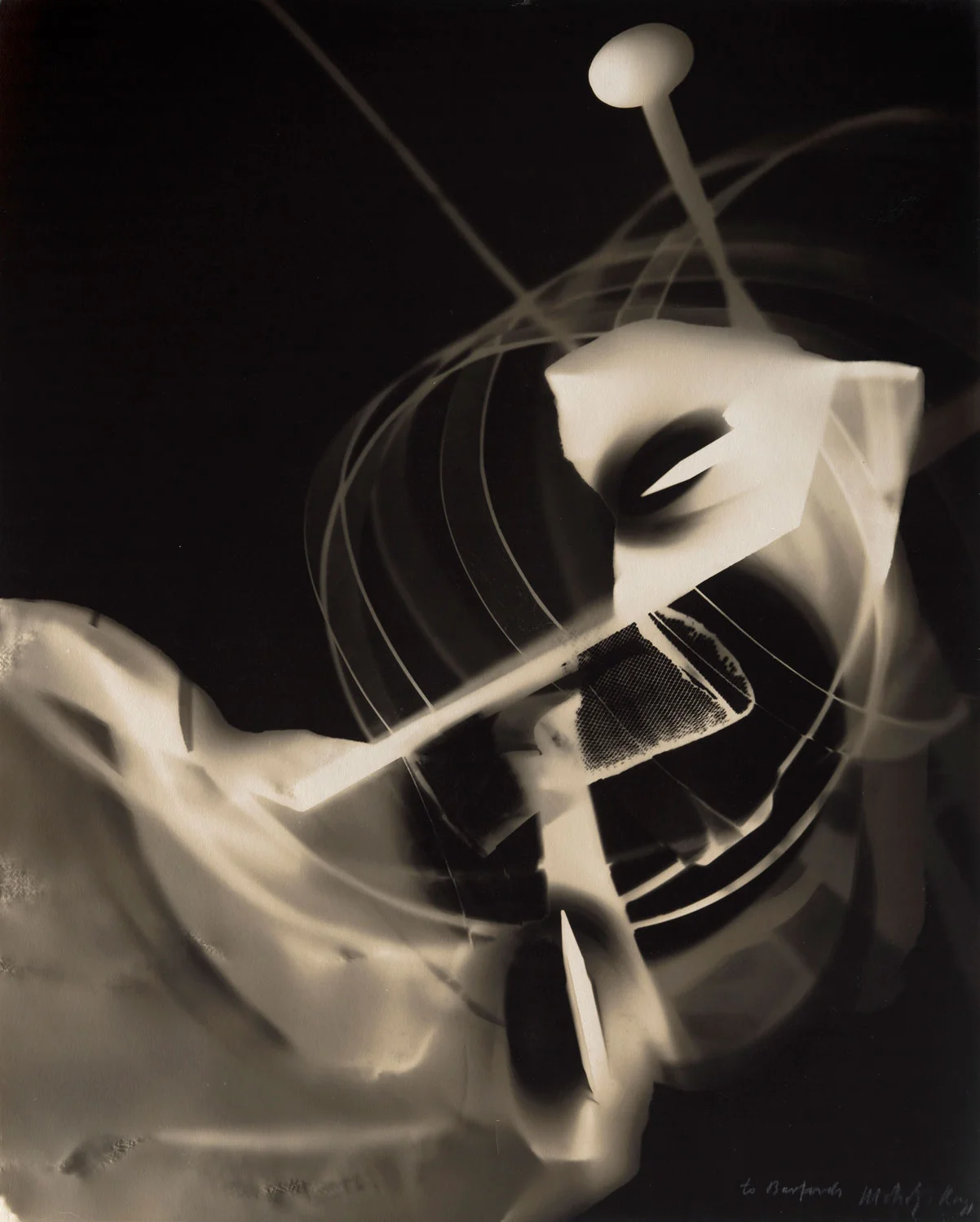
Howard Stein was an American collector and financier, who had a particular interest in vintage photographs. His collection spanned the medium’s entire history, from major works by pioneering 19th-century figures such as William Henry Fox Talbot, Gustave Le Gray, and Carleton Watkins, to modernist icons by Eugène Atget, László Moholy-Nagy, and Imogen Cunningham, and contemporary works by Idris Khan and Zhang Huan. His collection went up for auction at Sotheby’s in 2014 (175-lots totaling $21.3 million) setting a new record for a single-owner photo collection. The Wall Street Journal described how this New York auction was especially prominent, as it “tested the power of vintage photography in an art market that often rewards contemporary pieces over older fare.” In 2017, Philips offered a further 228-lots of Stein’s works (estimated at around $5.4 million), which were sold to benefit his nonprofit organisation JGS (Joy of Giving Something). The organisation supports the photographic arts through scholarships, teen education, and various other programs.
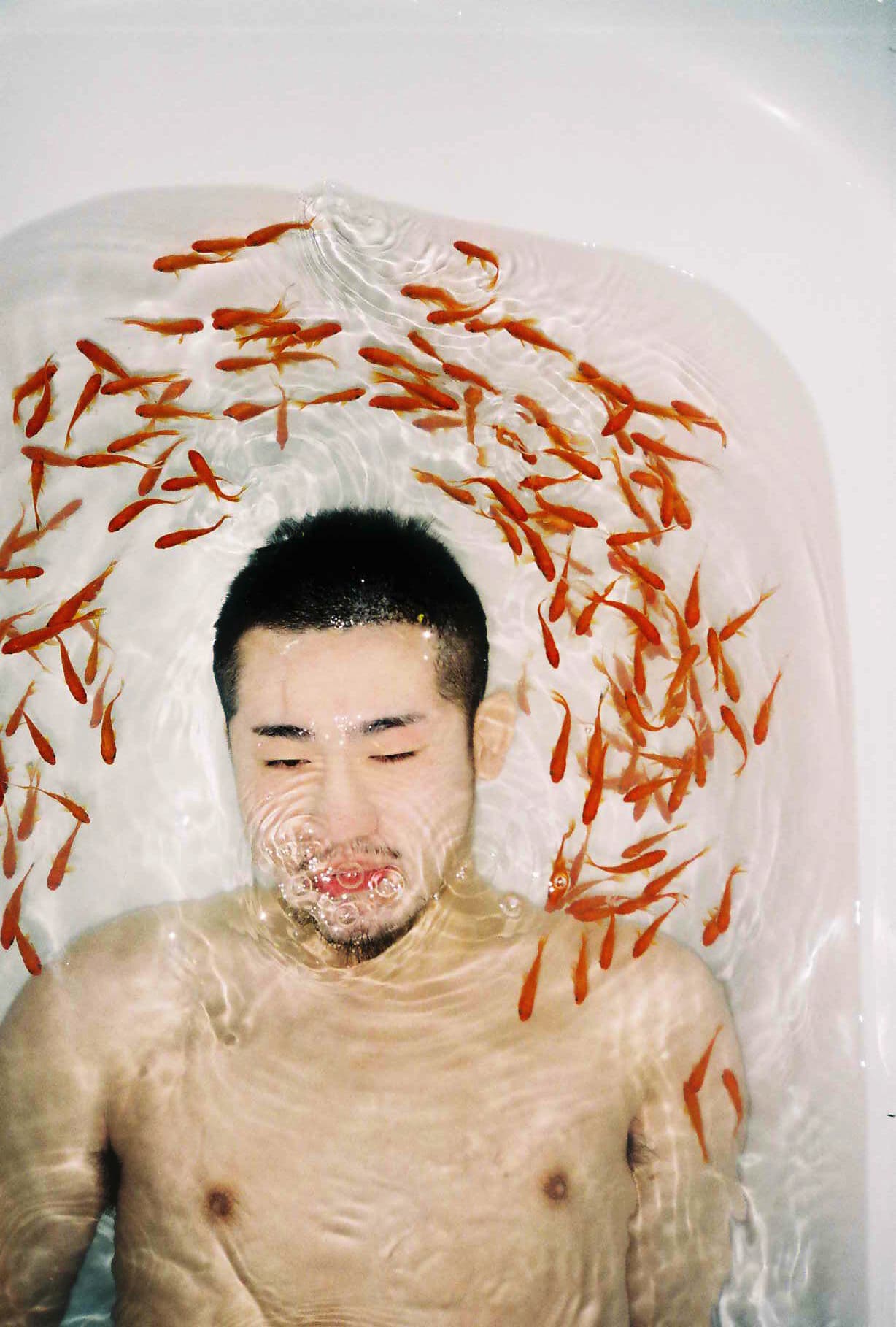
Sir David Tang was a Hong Kong-based entrepreneur, philanthropist, socialite and leading art collector. He was a patron of the arts in both Hong Kong and London, working as chairman of Tate’s Asia-Pacific Acquisitions Committee, a trustee of the Royal Academy of Arts, and also a columnist for the Financial Times. Tang was particularly interested in black and white photography and portraits, and his collection featured many iconic images of cultural icons, such as Marilyn Monroe, Pablo Picasso, and the Beatles. He collected works by some of the most influential photographers of the 20th century, including Richard Avedon, Henri Cartier-Bresson, and Helmut Newton. He also had a passion for Chinese photography and collected works by artists such as Ren Hang and Fan Ho. Tang’s collection was often exhibited in galleries and museums around the world, including the Hong Kong International Photo Festival and the National Portrait Gallery in London.
